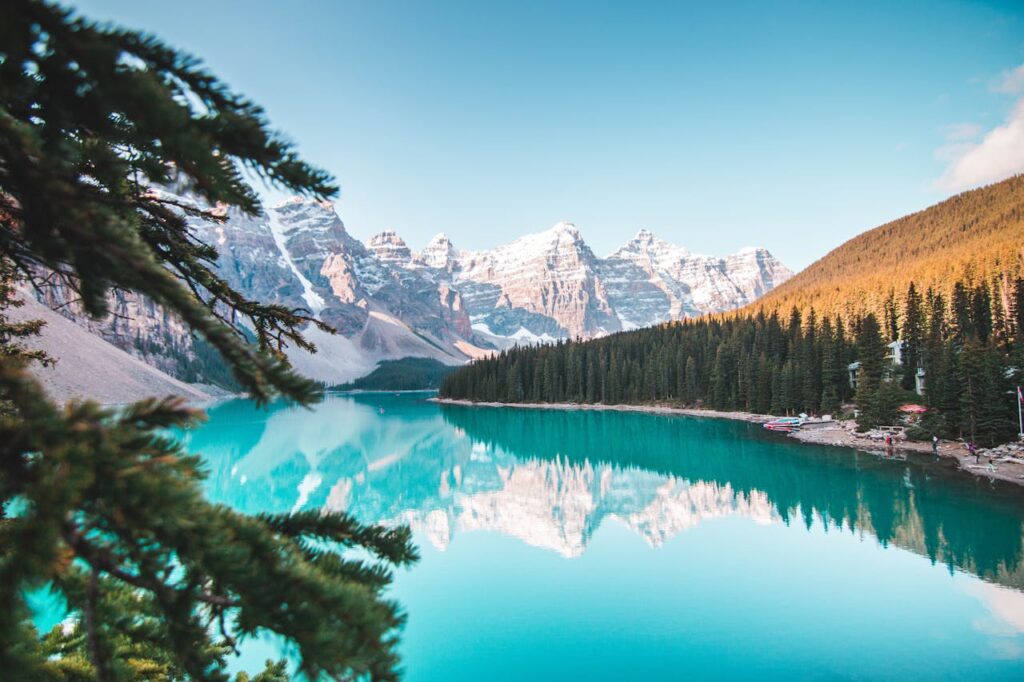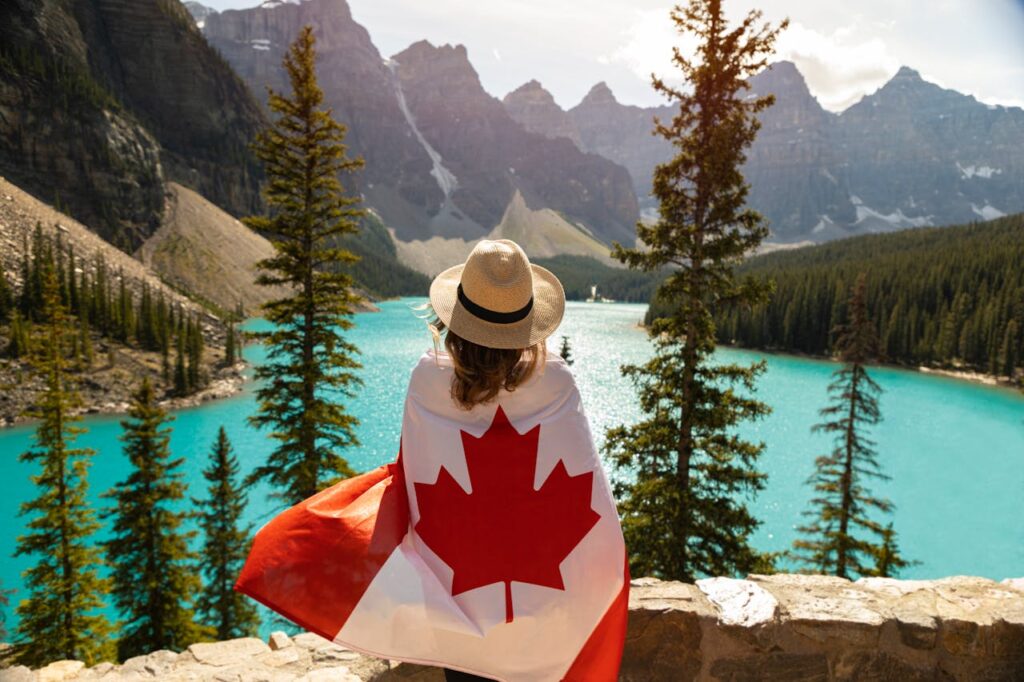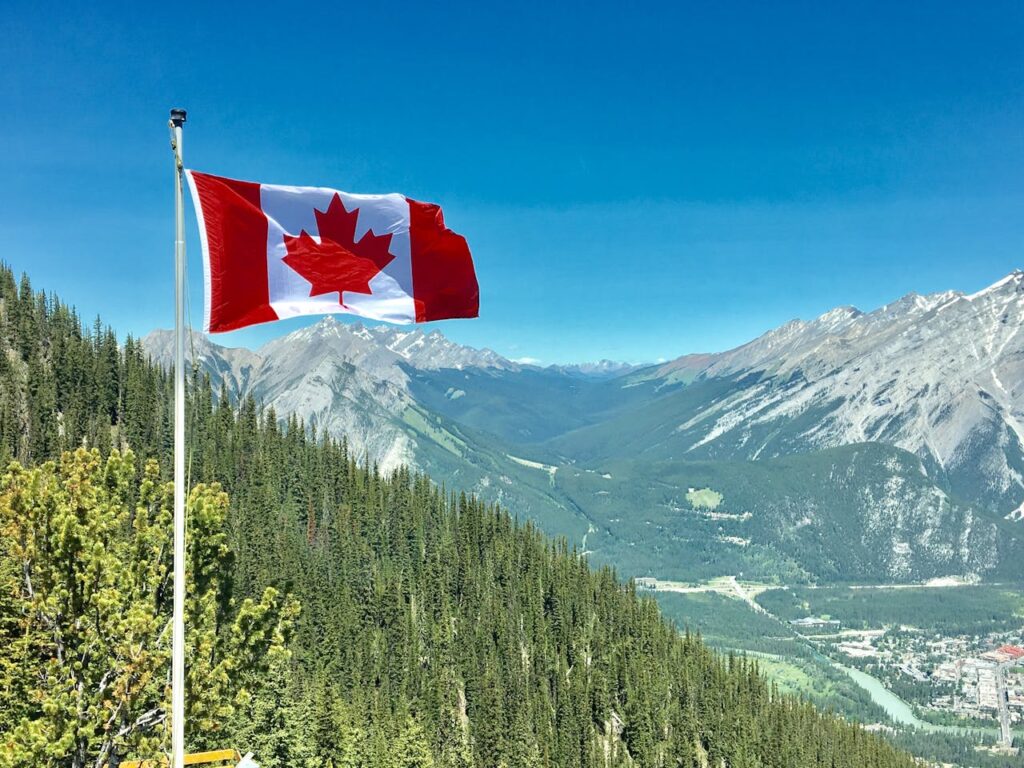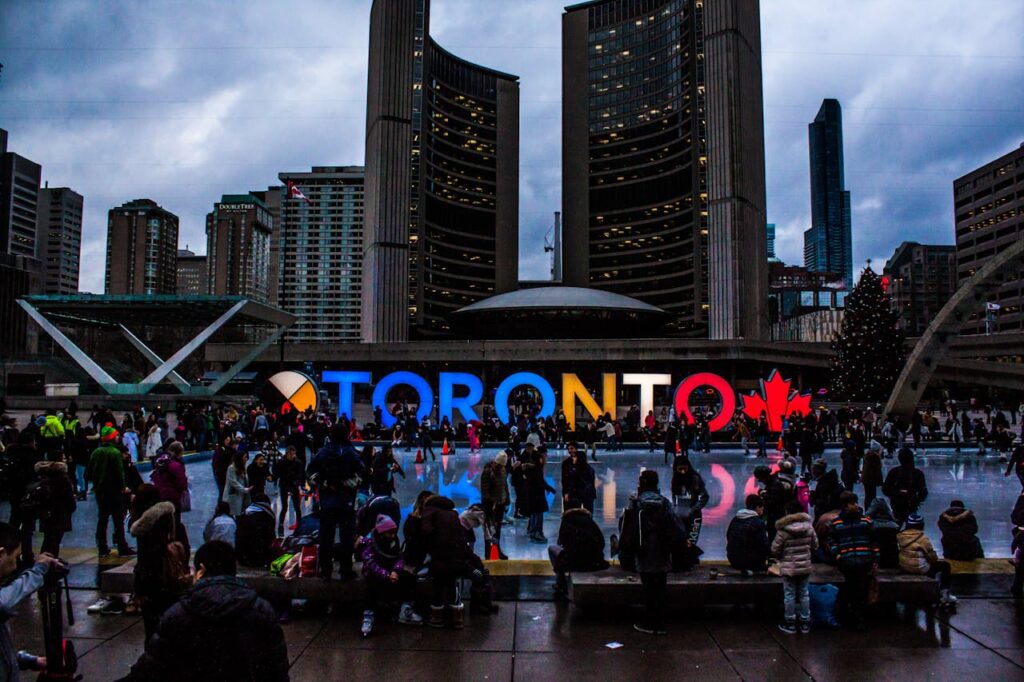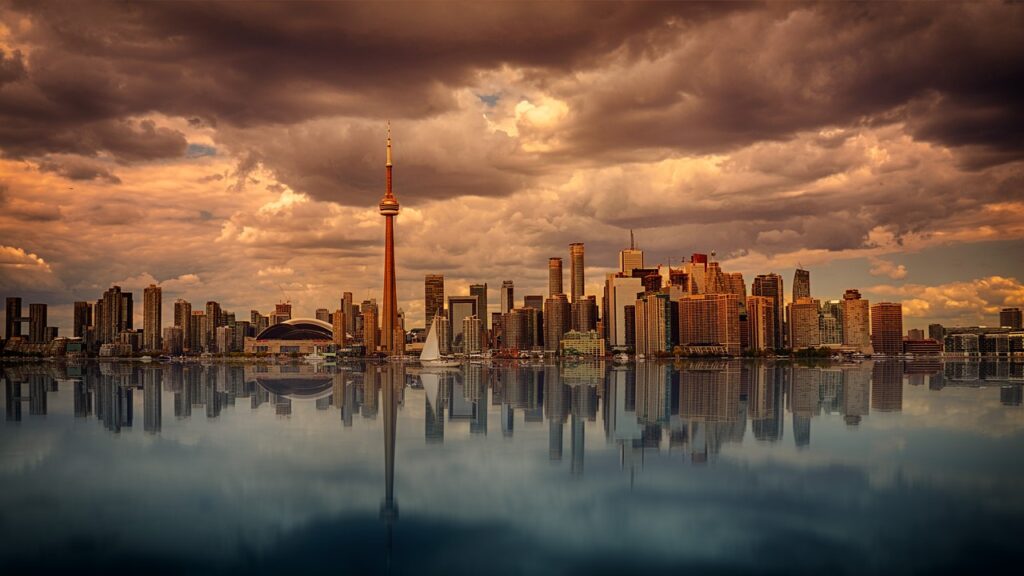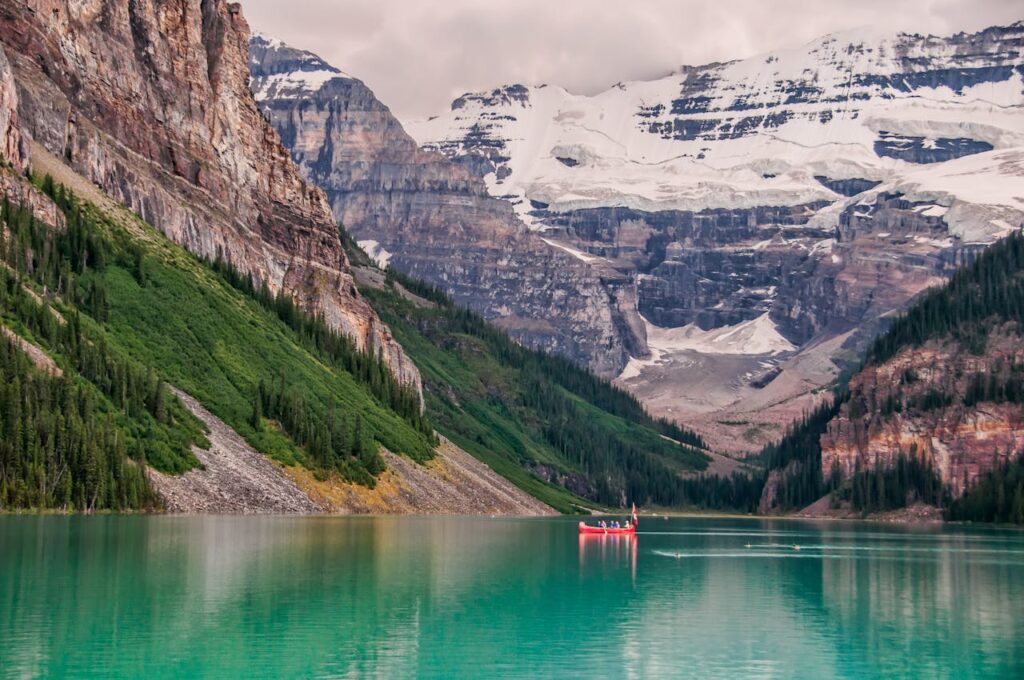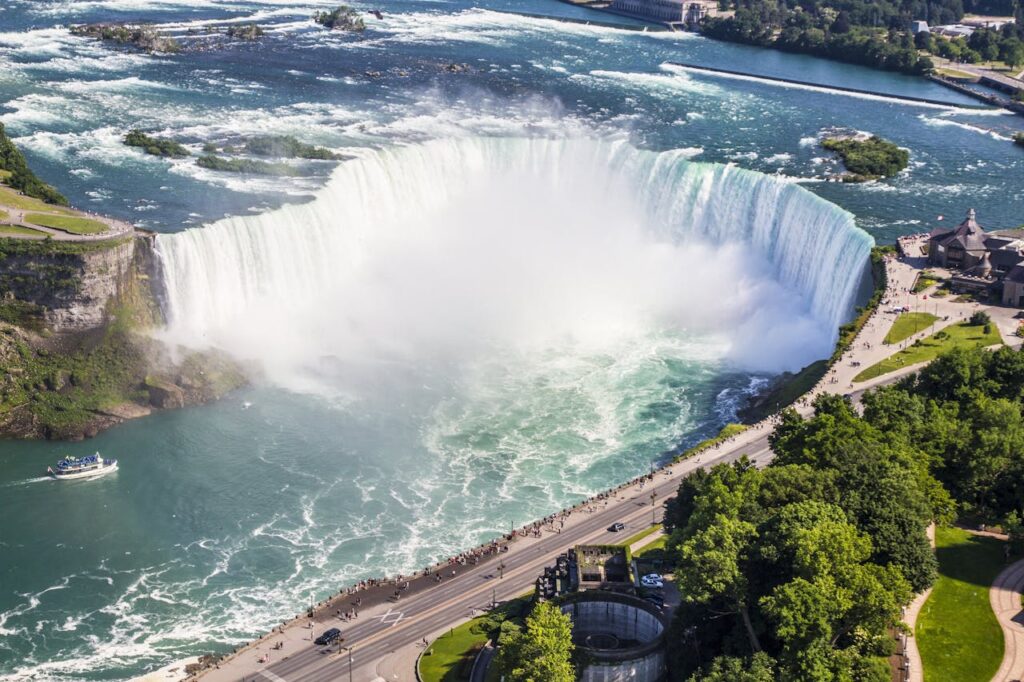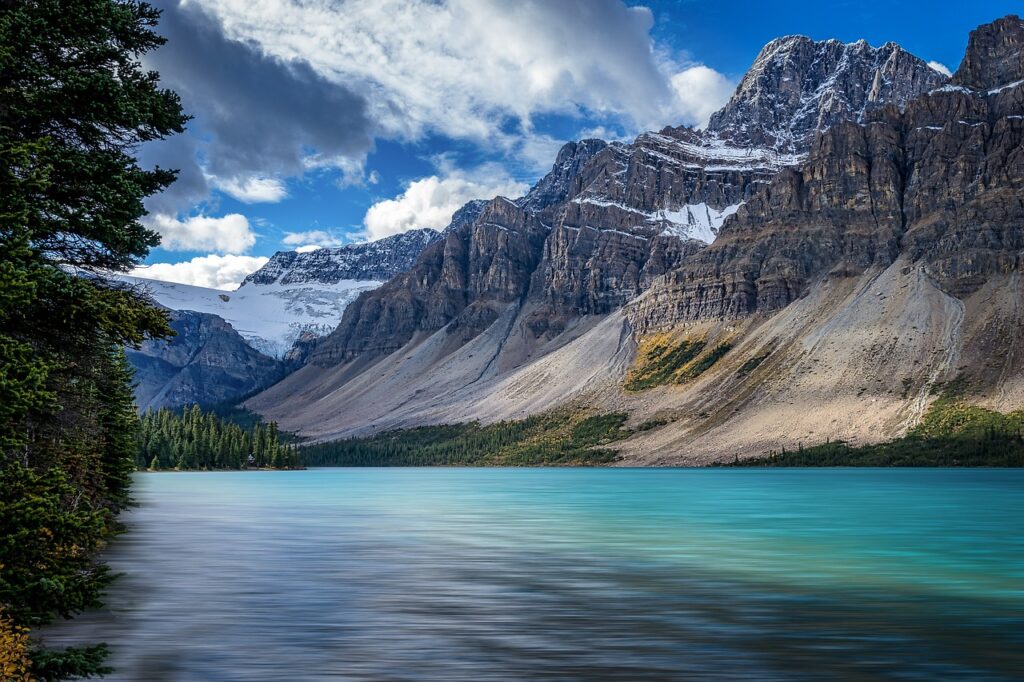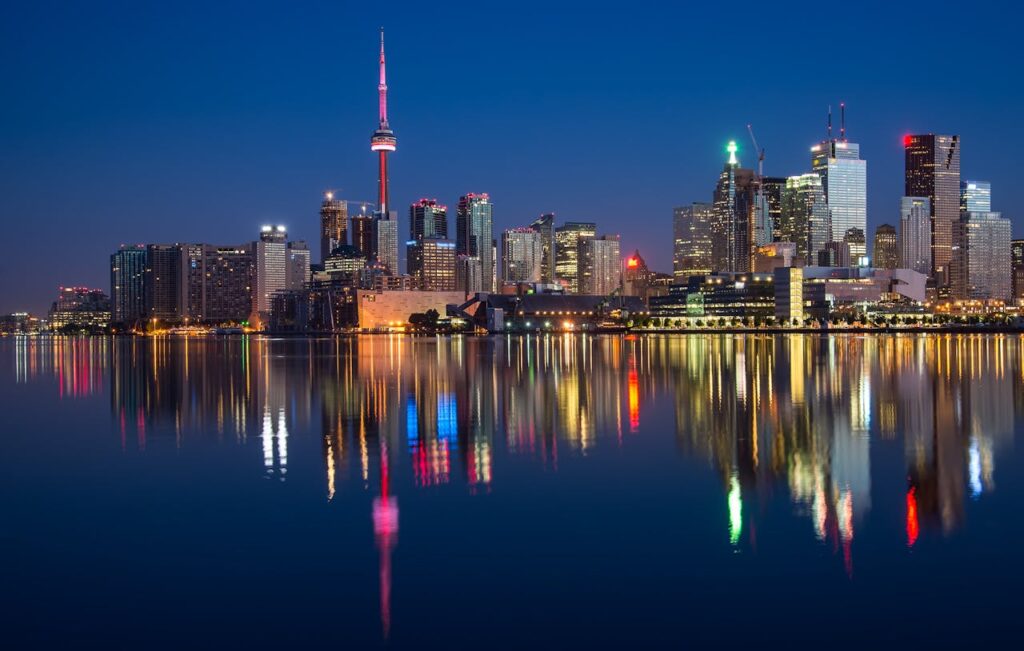Ottawa, the capital city of Canada, is a charming and vibrant destination known for its rich history, stunning architecture, and vibrant cultural scene. Located on the banks of the Ottawa River, the city offers a unique blend of French and English influences, evident in its language, culture, and cuisine. As the political and cultural hub of Canada, Ottawa is home to numerous national museums, historic sites, and government buildings. Here are some of the best places to visit in Ottawa, Ontario:
Best Places to Visit
1. Parliament Hill
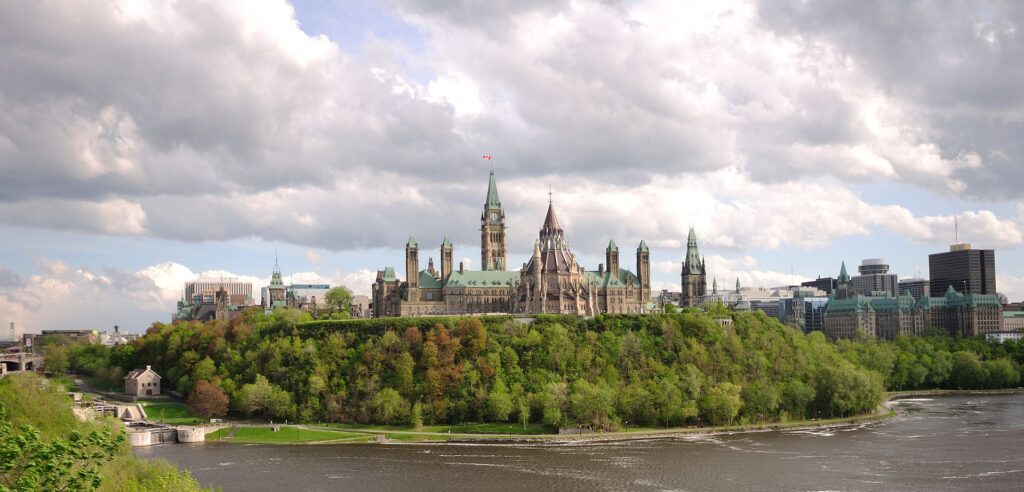
Parliament Hill is the heart of Canada’s federal government and one of the most iconic landmarks in the country. The stunning Gothic Revival architecture of the Parliament Buildings, including the Centre Block with its Peace Tower, is a must-see. Visitors can take guided tours of the historic buildings, learn about Canada’s political history, and enjoy the beautiful views of the Ottawa River. In the summer, the Changing of the Guard ceremony and the nightly Sound and Light Show are popular attractions.
- Key Attractions: Parliament Buildings, Peace Tower.
- Activities: Guided tours, historical exploration.
- Location: Downtown Ottawa.
2. Rideau Canal
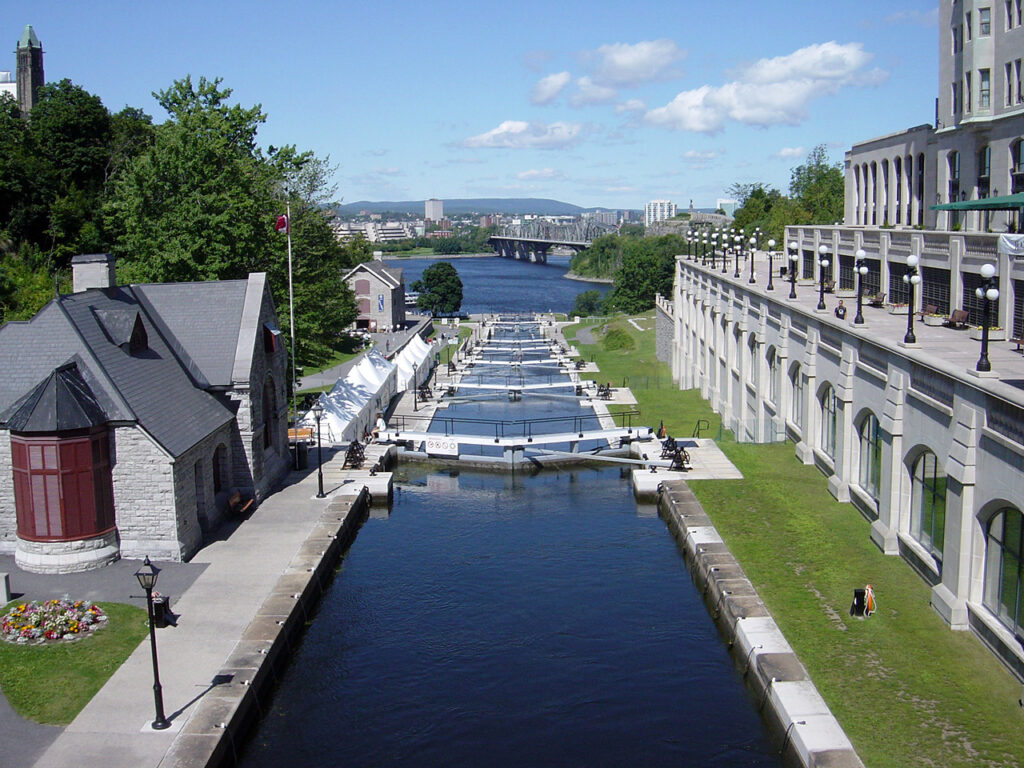
The Rideau Canal is a UNESCO World Heritage Site and a central feature of Ottawa’s landscape. In the summer, the canal is a scenic waterway perfect for boating, kayaking, and cycling along its paths. In the winter, it transforms into the world’s largest naturally frozen skating rink, offering a magical experience for visitors. The Rideau Canal is also home to several historical sites and parks, making it a beautiful and versatile destination year-round.
- Key Attractions: Skating rink, boating.
- Activities: Skating, boating, cycling.
- Location: Downtown Ottawa.
3. National Gallery of Canada
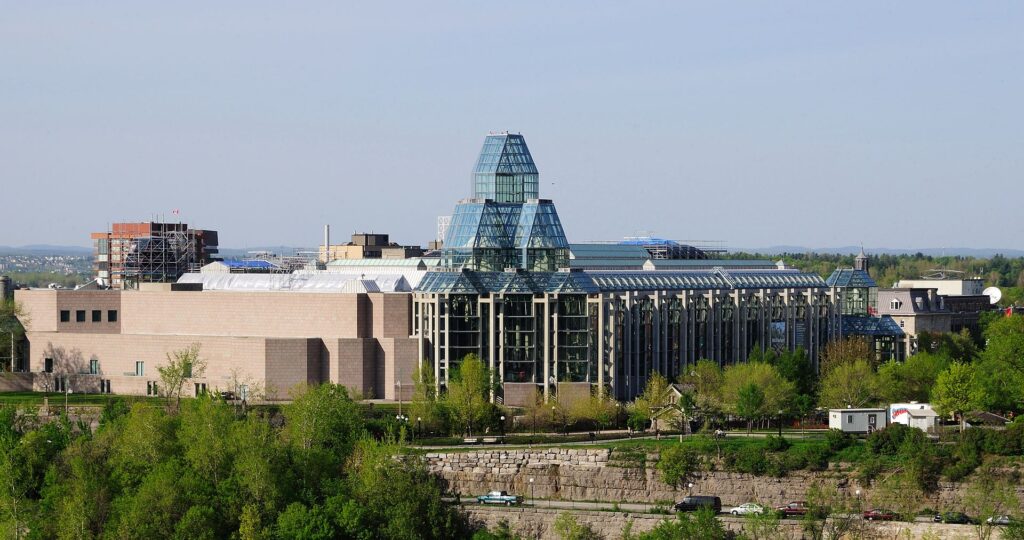
The National Gallery of Canada is one of the country’s premier art museums, housing an extensive collection of Canadian and international art. The museum’s striking glass and granite architecture, designed by Moshe Safdie, is a work of art in itself. Inside, visitors can explore collections that include works by the Group of Seven, Indigenous art, and European masterpieces. The museum also hosts special exhibitions and offers stunning views of the Ottawa River and Parliament Hill.
- Key Attractions: Canadian and international art, European masterpieces.
- Activities: Art appreciation, cultural exploration.
- Location: Downtown Ottawa.
4. ByWard Market
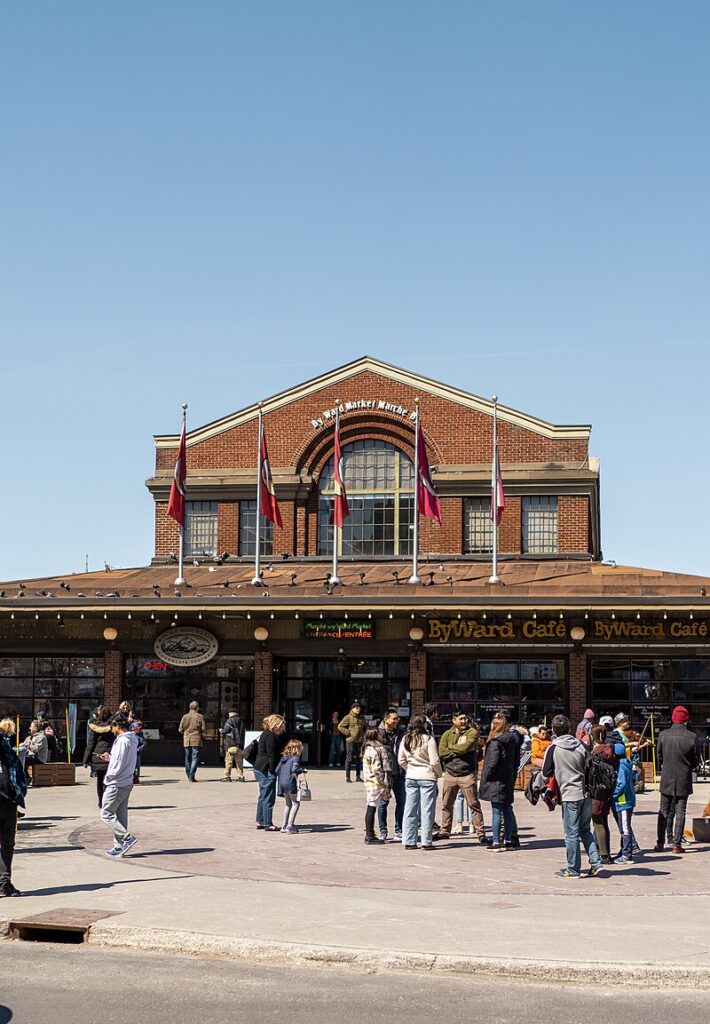
ByWard Market is one of Ottawa’s oldest and most vibrant neighborhoods, known for its bustling marketplace, eclectic shops, and diverse dining options. The market area offers a mix of fresh produce, artisanal goods, and local crafts. Visitors can explore the lively streets, sample delicious food from food stalls and restaurants, and experience the vibrant nightlife. ByWard Market is a cultural hub, hosting events and festivals throughout the year.
- Key Attractions: Fresh produce, local crafts.
- Activities: Shopping, dining, cultural experience.
- Location: Downtown Ottawa.
5. Canadian Museum of History
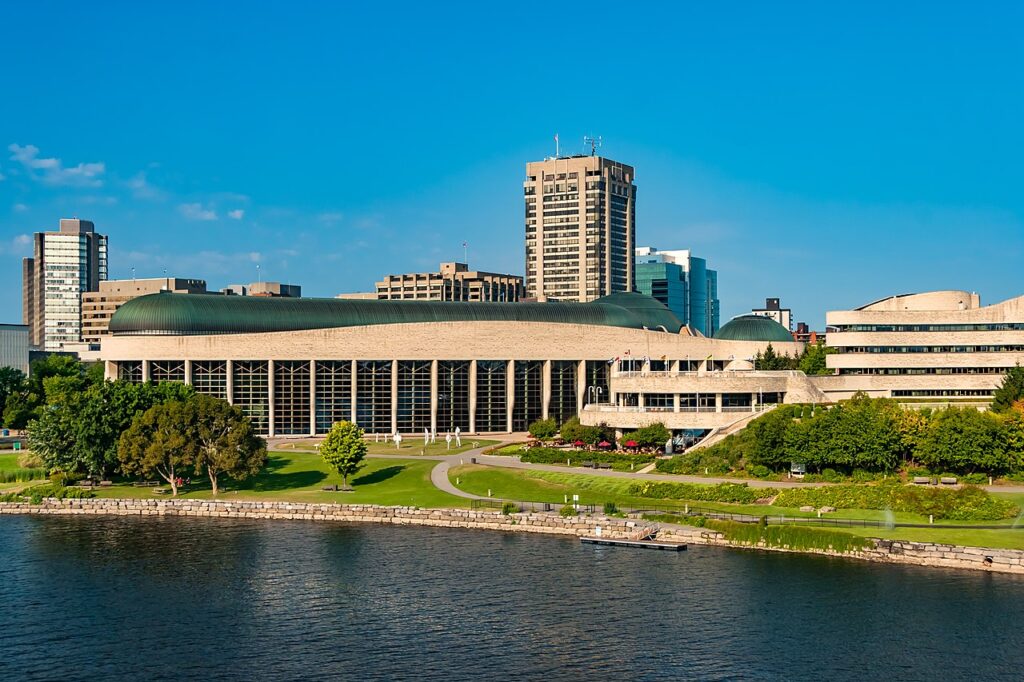
The Canadian Museum of History, located just across the Ottawa River in Gatineau, Quebec, is Canada’s largest and most visited museum. The museum’s exhibits cover the rich history and cultural heritage of Canada, from the First Peoples to modern times. The Grand Hall features impressive totem poles and Indigenous artifacts, while the Canadian History Hall provides a comprehensive overview of the nation’s past. The museum also offers stunning views of Parliament Hill and the Ottawa skyline.
- Key Attractions: Grand Hall, Canadian History Hall.
- Activities: Historical exploration, cultural learning.
- Location: Gatineau, Quebec (near Ottawa).
6. Canadian War Museum
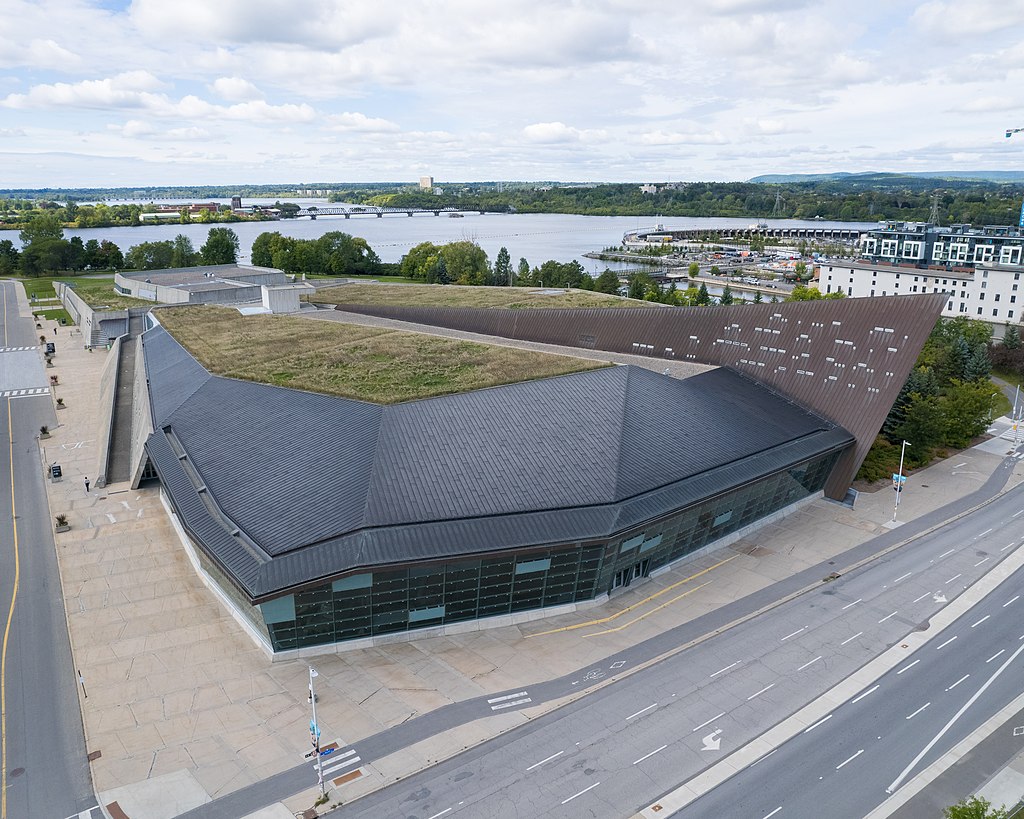
The Canadian War Museum is a national museum dedicated to Canada’s military history. The museum’s exhibits cover various aspects of Canada’s involvement in conflicts, from the earliest wars to contemporary peacekeeping missions. The museum features an extensive collection of military vehicles, weapons, and artifacts. Visitors can explore interactive displays, learn about the experiences of soldiers, and reflect on the impact of war. The museum’s striking architecture and thought-provoking exhibits make it a must-visit destination.
- Key Attractions: Military vehicles, interactive displays.
- Activities: Museum exploration, educational tours.
- Location: LeBreton Flats, Ottawa.
7. Major’s Hill Park
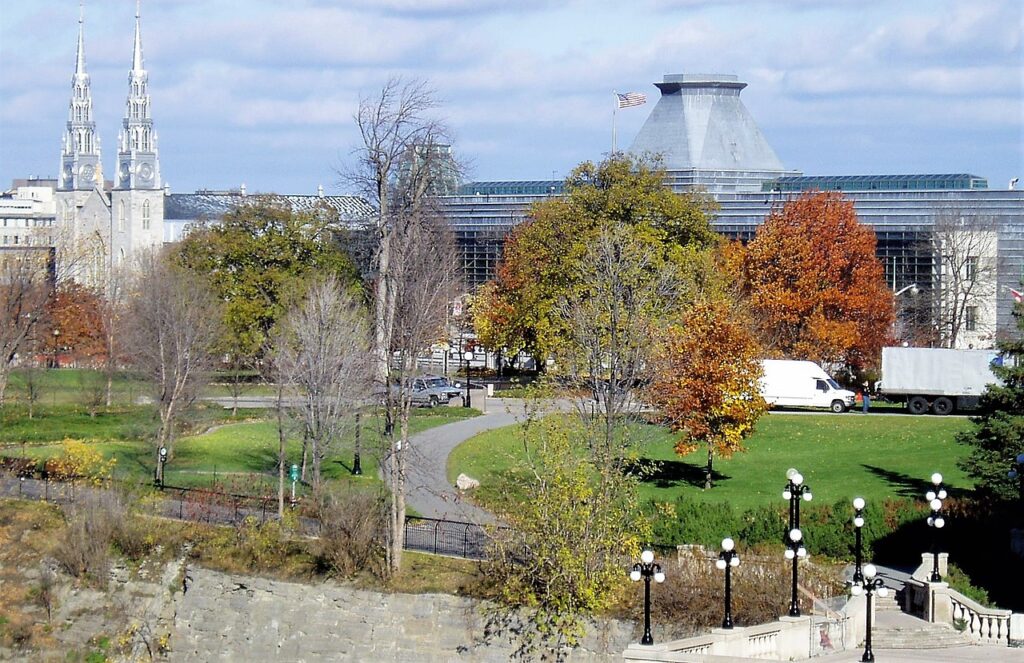
Major’s Hill Park is a beautiful urban park located in the heart of Ottawa, offering stunning views of the Parliament Buildings, the Ottawa River, and the surrounding cityscape. The park is a popular spot for picnics, leisurely walks, and outdoor events. It is also home to several historical monuments and sculptures. Major’s Hill Park is a perfect place to relax and enjoy the natural beauty of Ottawa, especially during the annual Tulip Festival in the spring.
- Key Attractions: Scenic views, historical monuments.
- Activities: Picnicking, walking, attending events.
- Location: Downtown Ottawa.
8. Diefenbunker: Canada’s Cold War Museum
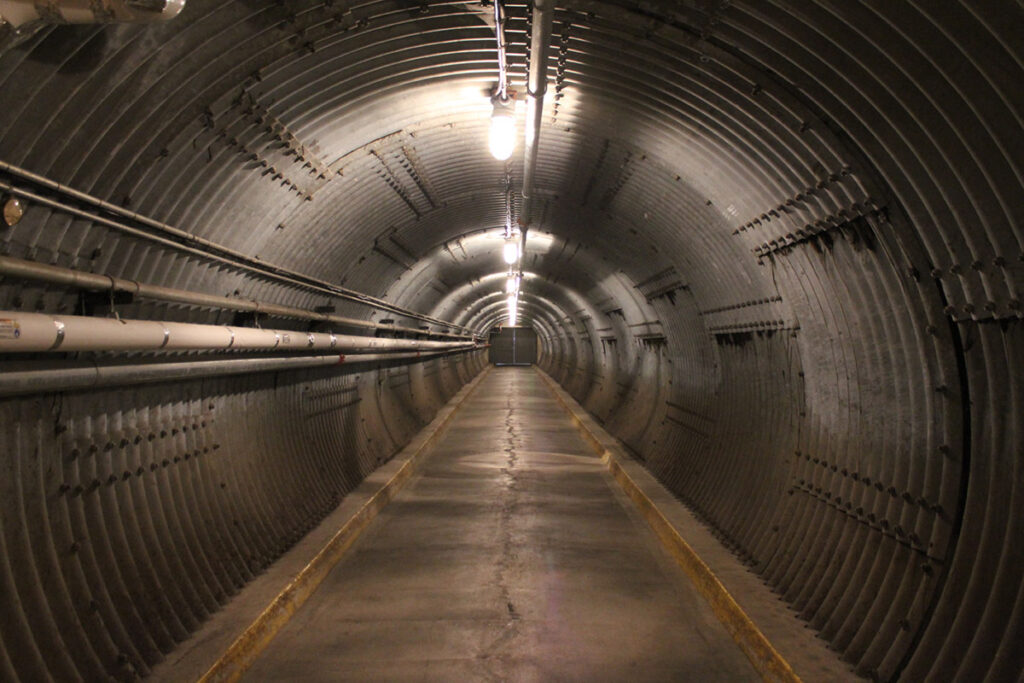
The Diefenbunker is a unique museum located in a once-secret underground bunker built during the Cold War. The four-story, 100,000-square-foot bunker was designed to protect government officials in the event of a nuclear attack. Today, it serves as a museum that offers a fascinating glimpse into Canada’s Cold War history. Visitors can explore the underground facilities, including the Prime Minister’s suite, the war room, and the vault. The museum provides an immersive and educational experience.
- Key Attractions: Cold War artifacts, underground bunker.
- Activities: Guided tours, historical exploration.
- Location: Carp, Ontario (near Ottawa).
9. Notre-Dame Cathedral Basilica
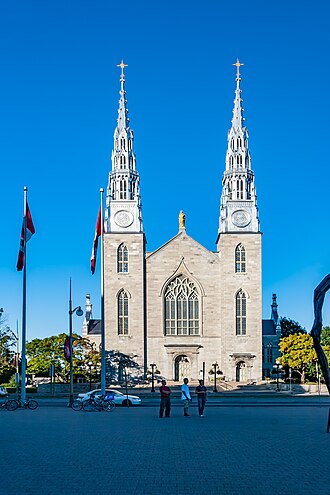
The Notre-Dame Cathedral Basilica is the oldest and largest church in Ottawa, known for its stunning Gothic Revival architecture and beautiful interior. The cathedral’s twin spires and gilded Madonna statue are iconic features of the city’s skyline. Inside, visitors can admire the intricate woodwork, stained glass windows, and religious artwork. The cathedral is an active place of worship and hosts various religious ceremonies and events. It is a significant cultural and historical landmark in Ottawa.
- Key Attractions: Gothic Revival architecture, stained glass windows.
- Activities: Sightseeing, attending services.
- Location: Downtown Ottawa.
10. Royal Canadian Mint
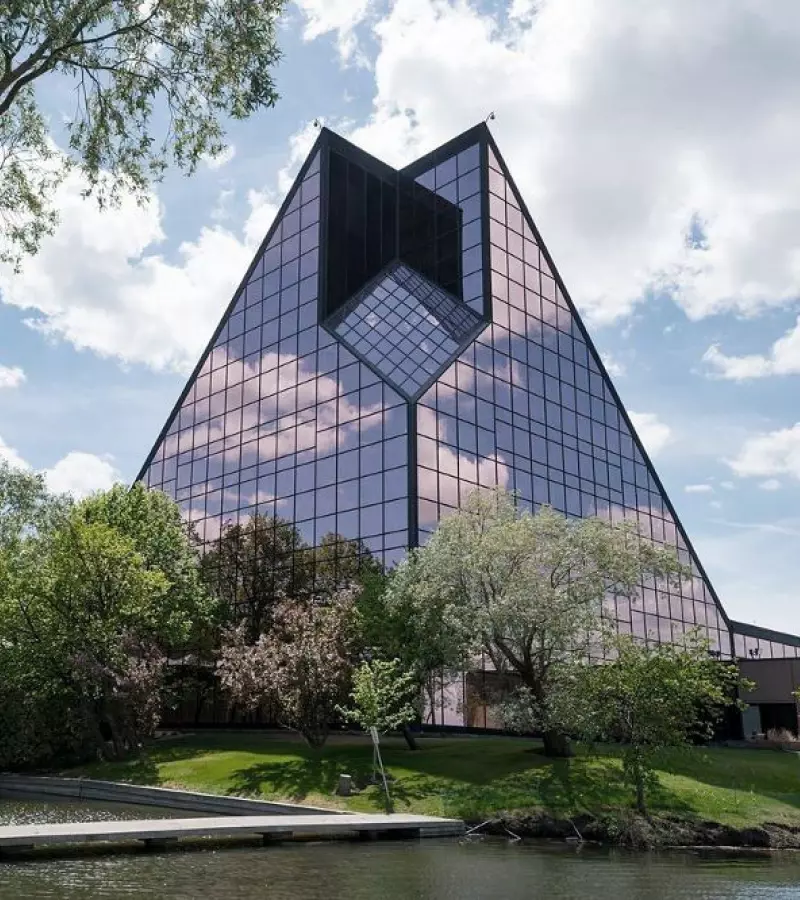
The Royal Canadian Mint in Ottawa is one of the two locations where Canada’s coins are produced. The facility offers guided tours that provide an inside look at the coin-making process, from design to production. Visitors can learn about the history of Canadian currency, see rare and historic coins, and even hold a solid gold bar. The Mint’s boutique offers a variety of collectible coins and souvenirs. The tour is an informative and unique experience for those interested in numismatics.
- Key Attractions: Coin-making process, rare coins.
- Activities: Guided tours, shopping for collectibles.
- Location: Downtown Ottawa.
Summary Table
| Place | Description | Key Attraction | Distance from City Center |
|---|---|---|---|
| Parliament Hill | Iconic landmark and seat of Canada’s government | Parliament Buildings, Peace Tower | Downtown Ottawa |
| Rideau Canal | UNESCO World Heritage Site and recreational waterway | Skating rink, boating | Downtown Ottawa |
| National Gallery of Canada | Premier art museum with Canadian and international collections | Group of Seven, Indigenous art | Downtown Ottawa |
| ByWard Market | Vibrant neighborhood with a bustling market and nightlife | Fresh produce, local crafts | Downtown Ottawa |
| Canadian Museum of History | Canada’s largest museum covering the nation’s history | Grand Hall, Canadian History Hall | Gatineau, Quebec |
| Canadian War Museum | National museum dedicated to Canada’s military history | Military vehicles, interactive exhibits | LeBreton Flats, Ottawa |
| Major’s Hill Park | Urban park with scenic views and historical monuments | Tulip Festival, walking paths | Downtown Ottawa |
| Diefenbunker | Cold War museum in an underground bunker | Cold War artifacts, guided tours | Carp, Ontario |
| Notre-Dame Cathedral Basilica | Oldest and largest church in Ottawa | Gothic Revival architecture, stained glass | Downtown Ottawa |
| Royal Canadian Mint | Facility where Canadian coins are produced | Coin-making process, rare coins | Downtown Ottawa |
How to Reach Ottawa
By Plane
Ottawa is served by Ottawa Macdonald-Cartier International Airport (YOW), located about 10 kilometers (6 miles) south of downtown. The airport offers domestic and international flights. From the airport, visitors can take a taxi, shuttle, or public transit to reach the city center.
By Train
Ottawa’s main train station is located just east of downtown and offers VIA Rail services to other major Canadian cities, including Toronto and Montreal. The station provides easy access to local transportation.
By Bus
Ottawa’s main bus terminal, located near the city center, offers regular services to and from various cities in Ontario and Quebec. Major bus companies, including Greyhound and Megabus, operate routes to Ottawa.
By Car
Ottawa can be reached by car via several major highways, including Highway 417 (the Queensway) and Highway 7. The city is well-connected to other Canadian cities, making it easily accessible by road.
Best Time to Visit Ottawa
The best time to visit Ottawa is during the spring (March to May) and fall (September to November) when the weather is mild, and the city’s parks and gardens are in full bloom. The summer months (June to August) offer warm temperatures and numerous festivals, including Canada Day celebrations and the RBC Ottawa Bluesfest. Winter (December to February) can be cold, but it brings unique attractions like the Rideau Canal Skateway and Winterlude festival.
Travel Tips
- Local Cuisine: Ottawa’s culinary scene offers a mix of traditional Canadian dishes and international cuisine. Be sure to try local specialties such as BeaverTails (a fried dough pastry), poutine, and maple syrup products. The city’s diverse dining options range from fine dining restaurants to food trucks.
- Cultural Insights: Ottawa is a bilingual city with a rich cultural heritage. Visitors can explore its French and English influences through its architecture, museums, and neighborhoods. The city’s vibrant arts scene includes galleries, theaters, and music venues.
- Safety Tips: Ottawa is generally a safe city for tourists, but it’s important to take standard precautions. Keep valuables secure, avoid carrying large sums of money, and be cautious when exploring less crowded areas. Stick to well-lit and busy places, particularly around tourist attractions.
Itinerary Suggestions
One-Day Trip
- Morning: Start your day at Parliament Hill, taking a guided tour of the historic buildings and enjoying the views from the Peace Tower. Then, explore the nearby National Gallery of Canada and admire its impressive art collection.
- Afternoon: Head to ByWard Market for lunch and browse the eclectic shops and stalls. In the afternoon, visit the Canadian Museum of History across the river in Gatineau.
- Evening: End your day with a leisurely walk or skate along the Rideau Canal, depending on the season. Enjoy dinner at one of Ottawa’s many excellent restaurants.
Weekend Getaway
- Day 1: Explore the historical and cultural attractions of downtown Ottawa, including Parliament Hill, the National Gallery of Canada, and ByWard Market. In the evening, attend a performance at the National Arts Centre or enjoy Ottawa’s nightlife.
- Day 2: Spend the morning at the Canadian War Museum, learning about Canada’s military history. In the afternoon, visit the Diefenbunker and experience Canada’s Cold War past. Conclude your trip with a visit to Major’s Hill Park for a relaxing stroll and picturesque views.
Ottawa’s rich history, cultural diversity, and beautiful landscapes make it a must-visit destination in Canada. Whether you’re exploring its iconic landmarks, enjoying its culinary delights, or immersing yourself in its vibrant arts and culture, Ottawa offers an unforgettable experience for all types of travelers

